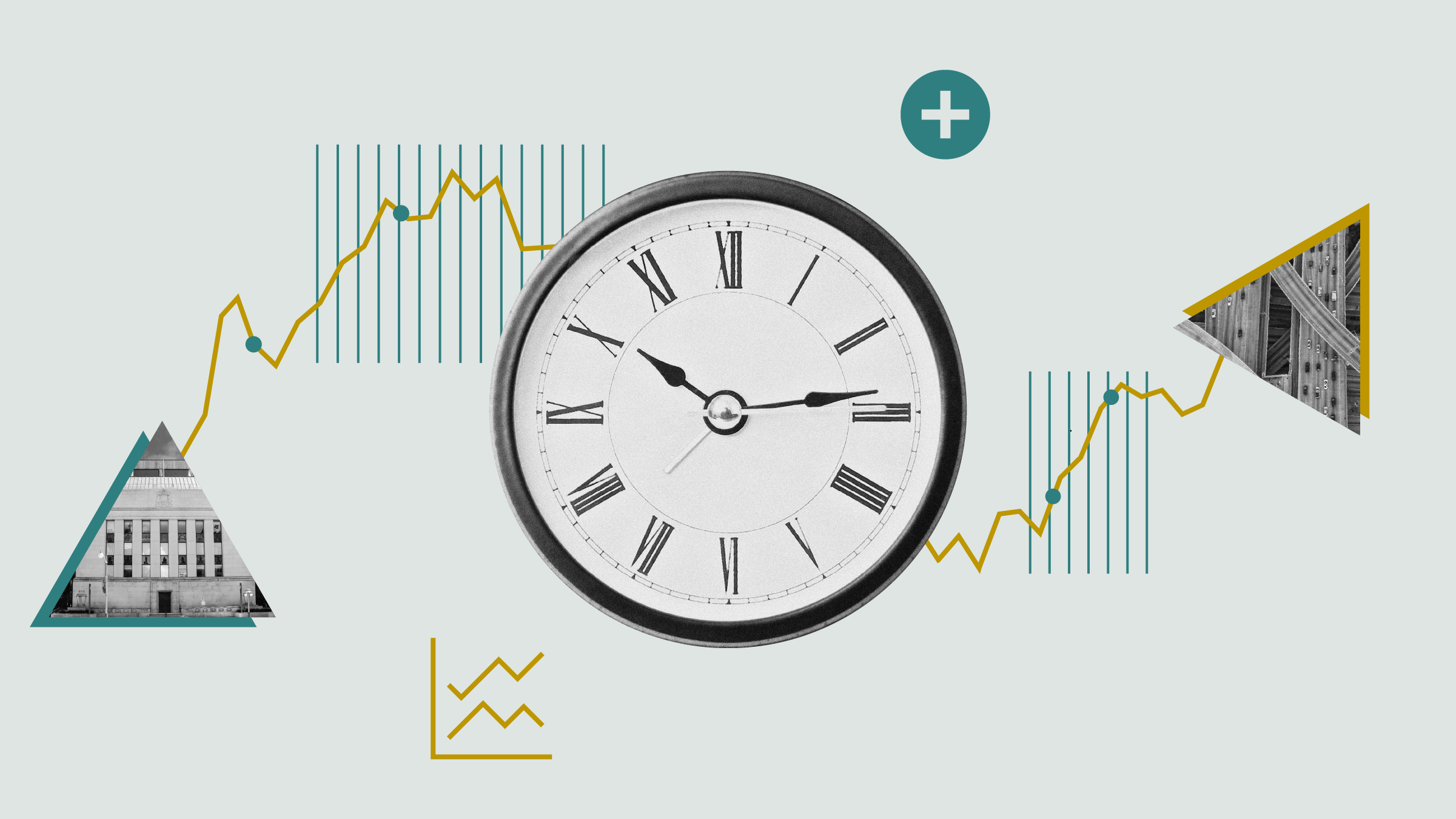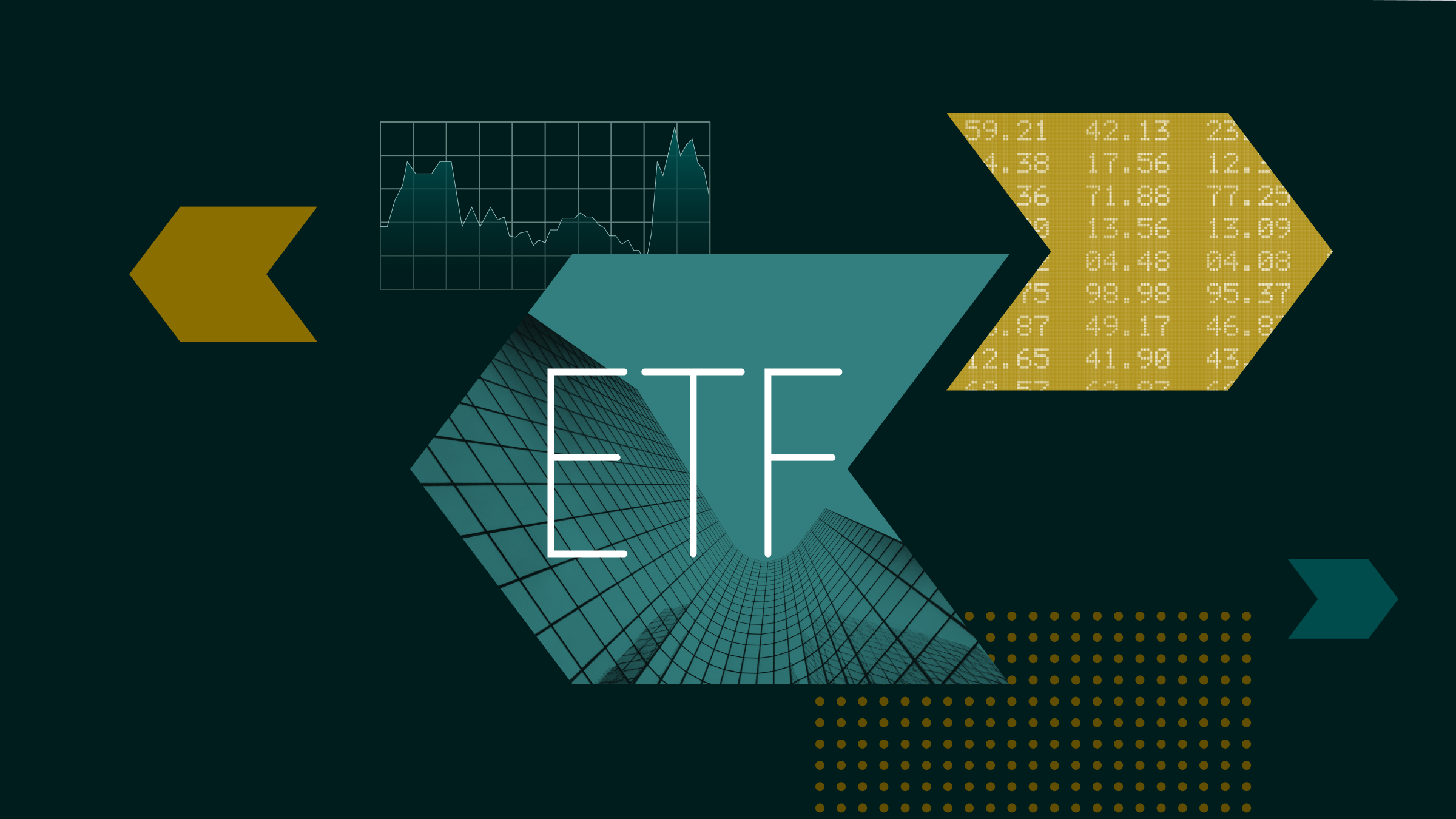Active funds justify their existence by the promise of beating their benchmark on a risk-adjusted basis after fees. In order to beat the benchmark, an actively managed fund must deviate from it. This common-sense truth laid the foundation to the concept of active share.
Developed in 2006 by Martijn Cremers, of the University of Notre Dame, and Antti Petajisto, formerly of New York and Yale universities and now a vice president at BlackRock, active share has become increasingly popular with the investment community as it provides a clear and intuitive method for measuring a fund's level of active management.
Apart from investors, regulators in Canada and elsewhere have started using this metric in their hunt for funds labelled as active but which in fact closely resemble their benchmark while charging active management fees. It is not an exaggeration to say that the concept has shaken up the investment industry.
A straightforward metric
The active share score quantifies how much an equity portfolio's holdings differ from those of its benchmark. It is simply calculated as the sum of absolute differences between the weights of securities in a given portfolio and the weights of securities in the benchmark, divided by two. Defined differently, one can divide an actively managed equity portfolio into two components: The part that consists of overlapping holdings with the benchmark is passive, while the remaining part is the active component and is measured by active share.
At the extremes, a portfolio with an active share score of 100% would have no common holdings with the index, while a portfolio with an active share of 0% would be identical to the benchmark. The higher the score, the more actively the fund is managed.
| Security | Portfolio weight | Benchmark weight | Active share contribution | ||
| Stock A | 20% | 15% | 2.5% | ||
| Stock B | 0% | 15% | 7.5% | ||
| Stock C | 20% | 10% | 5.0% | ||
| Stock D | 15% | 10% | 2.5% | ||
| Stock E | 10% | 10% | 0.0% | ||
| Stock F | 5% | 10% | 2.5% | ||
| Stock G | 10% | 10% | 0.0% | ||
| Stock H | 5% | 10% | 2.5% | ||
| Stock I | 10% | 10% | 0.0% | ||
| Stock J | 5% | 0% | 2.5% | ||
| Active share score: 25.0% | |||||
The table's hypothetical portfolio shows that there are three potential sources of active share: The first and purest form of generating active share is by assigning different portfolio weights to benchmark stocks. Secondly, a manager can exclude benchmark stocks from a portfolio. Thirdly, selecting off-benchmark names further adds to the level of active share.
Active shares vary a lot from fund to fund, but also from one category to another. A recent Morningstar research paper studying active share in European equity funds reveals that among European large-cap equity funds, the three-year median active share is around 72%. However, differences are very large: some funds have active shares as low as 20% while other fund portfolios have almost nothing in common with their index and an active share above 90%.
Why active share matters
Historically, the asset management industry described a portfolio's deviation from the benchmark index in statistical terms derived from financial theory such as R-squared and tracking error. R-squared, or coefficient of determination, is shown also on Morningstar's websites for each fund that has more than three years of history, while active share numbers are only available in Morningstar's professional tools.
R-squared is calculated through a regression analysis comparing a fund's returns to its benchmark's returns. It indicates the percentage of variation in returns of a fund that can be explained by the benchmark returns. Tracking error, which is also available on Morningstar's websites, is calculated as the annualised standard deviation of monthly excess returns of a fund versus its benchmark.
Before active share, these returns-based metrics were the best tools available to investors for measuring the level of active risk in a portfolio. The difficulty is that these tools are also capturing active management in terms of "factor bets," i.e. deviations in sector and regional allocation or by market capitalization. However, a stock-picking fund manager may not want to let factor bets make a fund deviate from its benchmark. Rather, he or she may want to apply active management primarily by selecting different stocks than those in the benchmark. While such a strategy may show only a low or moderate tracking error, active share may turn out to be very high.
Distinguishing funds on active share
A major novelty in active share was its ability to reveal which funds were "closet-indexers." These are funds with such small proportions of active holdings that they have little chance of beating their benchmarks after fees. Cremers and Petajisto drew the line between active and closet-indexing funds at an active share of 60%. Morningstar's study shows that approximately 20% of funds investing in European large-cap equities fall below that limit.
However, active share should not be used in isolation. Cremers and Petajisto showed that a clever fund selector combines it with tracking error to determine the type of activeness in a fund. This is also logical from a theoretical standpoint, as the two metrics are complementary given that they capture different dimensions of active management. In a follow-up 2013 paper, Petajisto distinguished five types of management styles based on funds' active shares and tracking errors. By sorting the funds into quintiles on both active share and tracking error, he was able to create the active management style grid as shown below.

The lowest active share quintile can be labelled "closet indexers," which reflects their mean active share of less than 60%. However, not all funds with low active shares are similar. Funds generating significant volatility relative to their very small active positions tend to invest by seeking exposure to so-called systematic risk factors, and their management style can be labelled "factor bets." But again, not all high-tracking-error funds are alike. Funds with high tracking error and high active share use typically very concentrated portfolios. Petajisto labelled them "Concentrated Stock Pickers."
Still two groups remain, and according to findings from Morningstar's study, both of them include many funds worth looking at. Non-concentrated funds that have a high active share but a moderate tracking error are "Stock Pickers." The rest of the funds can be called "Moderately Active," as they fall in the middle in terms of both active share and tracking error.
Morningstar's study finds that in the 5-year period ending in June 2015, the highly active "Concentrated Stock Pickers" on average performed poorly, followed by funds labelled as "Factor Bets" and "Closet Indexers." Funds characterized as "Stock Pickers" and "Moderately Active" on average have done relatively well in European equities, but have not excelled. This again shows that using only active share as a criterion to select funds is not sensible. Rather it should be combined with other data points, and preferably investors should take a look at some qualitative measures as well, such as the fund's team resources and stability, its investment process, as well as fees in the fund.















